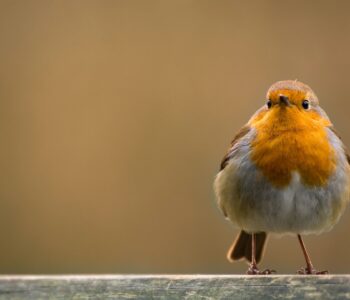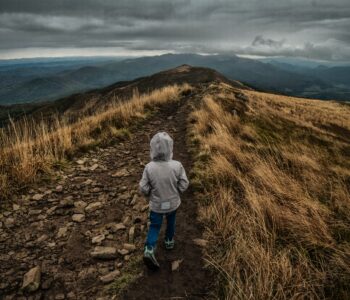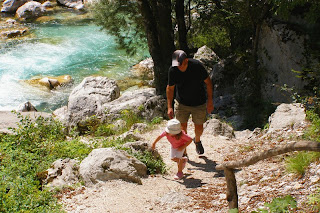 Nature Activities for Kids
Nature Activities for Kids
Invite Wildlife to Your Yard – Wildflowers
It’s easy to attract wildlife to your yard. In return you will enjoy many hours of entertainment and your children will enjoy the process. This week I am going to focus on wildflowers and why they are good for your kids, your backyard and wildlife!
 Often ornamental flowers are chosen in lieu of wildflowers because they are more showy, bloom for longer periods and there are many more varieties and colors available. However, in many cases they require intense care which includes chemical fertilizers, pesticides, constant watering and time. Natives are a nice choice because they require little care once they take root and are beneficial to wildlife. An added benefit it that you avoid adding unneeded chemicals into the ground, which pose a danger to your family, your pets, and wildlife. Additionally, some natives are deer proof, which means you won’t have to battle them eating your buds anymore. You can check with your state’s cooperative extension service to obtain a list of recommended plants.
Often ornamental flowers are chosen in lieu of wildflowers because they are more showy, bloom for longer periods and there are many more varieties and colors available. However, in many cases they require intense care which includes chemical fertilizers, pesticides, constant watering and time. Natives are a nice choice because they require little care once they take root and are beneficial to wildlife. An added benefit it that you avoid adding unneeded chemicals into the ground, which pose a danger to your family, your pets, and wildlife. Additionally, some natives are deer proof, which means you won’t have to battle them eating your buds anymore. You can check with your state’s cooperative extension service to obtain a list of recommended plants.
Early spring is a good time to plant wildflowers. You can also start them inside as early as January. Here is a great link to help you get started.
Including your kids in the process will be great fun for them and you and will provide a nice learning experience. The National Gardening Association has an entire website dedicated to the topic called Kidsgardening.org and instructions on how to plant a wildflower garden. The instructions are geared to teachers in a classroom setting, but they can be easily adapted to your needs.
Once your garden grows and the flowers bloom, you will notice many creature taking advantage of them. Butterflies, honey bees, hummingbirds, and moths will be the most obvious. And you don’t have to just stick to planting native flowers. There are many beautiful shrubs and trees that support a healthy backyard habitat. Because you are providing food, cover, nesting places and an overall healthier environment, you and your family will be rewarded when you spy rabbits, frogs, toads, newts, salamanders, bats and more in your yard.
PS – You may wonder why dandelions were chosen for featured photo in a story about wildflowers. Well, poor dandelions have a bad rap. They are actually wildflowers not weeds and many species of butterflies use them to lay eggs. So before you yank them out or mow them down, consider saving a section of them in your yard.




